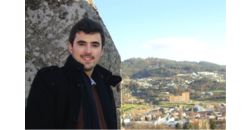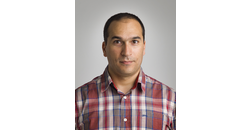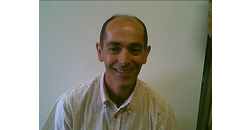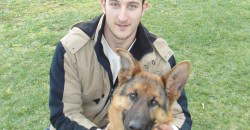André Prata was born in 1990 and he is from Santa Comba Dão. In 2013, he received the Master degree in Electronics and Telecommunications Engineering from University of Aveiro. His dissertation work, entitled “Sistema de Rádio Digital para White Spaces UHF”, was distinguished with first prize in the international contest “IEEE International Microwave Symposium 2013 Software Defined Radio and Digital Signal Processing Student Design Competition”.
Currently, he is a researcher at Instituto de Telecomunicações and a Ph.D. student in Electrical Engineering at University of Aveiro. His main research interests include software defined radio, digital signal processing and cloud radio access network architectures.















